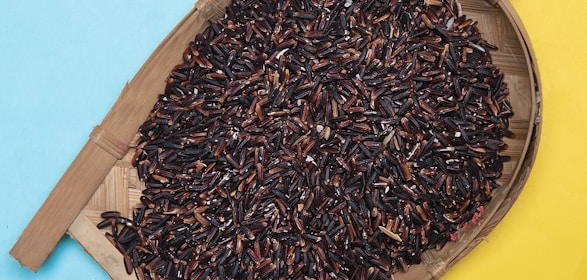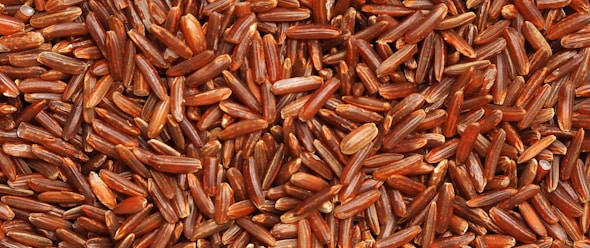Which rice?
When it comes to choosing rice for its nutritional value, there are a few varieties that stand out.
Here are some of the best rice options for nutritional value:
Brown rice:
Brown rice is a whole grain that contains all parts of the grain, including the bran, germ, and endosperm. It is rich in fiber, vitamins, and minerals such as magnesium and selenium. Brown rice is also a low glycemic index food, which means it can help stabilize blood sugar levels.
Wild rice:
Despite its name, wild rice is actually a type of grass. It is higher in protein than other types of rice and is also a good source of fiber, vitamins, and minerals, including zinc, potassium, and folate.
Black rice:
Black rice is a type of heirloom rice that has a dark, purple-black color. It is rich in antioxidants, including anthocyanins, which are believed to have anti-inflammatory properties. Black rice is also high in fiber and has a low glycemic index.
Red rice:
Red rice is another whole grain that is similar to brown rice but has a reddish color. It is rich in antioxidants and is also a good source of fiber, iron, and zinc.All of these types of rice can be a healthy addition to your diet.
However, it's important to keep in mind that portion size and preparation methods can also impact the nutritional value of the rice.
In general, whole grain rice varieties like brown, black, and red rice tend to be more nutritious than white rice, which has been processed to remove the bran and germ. Additionally, the way the rice is prepared can also affect its nutritional content. For example, cooking rice with a little bit of oil or adding vegetables and spices can increase its nutritional value.




